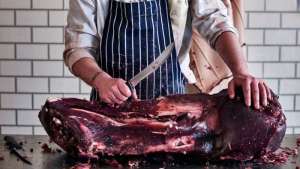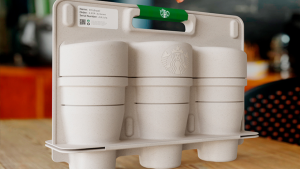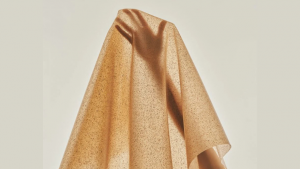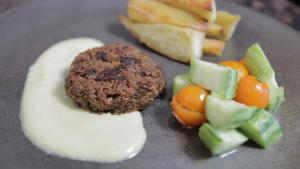From the Series

Humans are aesthetic creatures, responding positively to beautiful and attractive objects. So it makes sense that when perusing the fruit and vegetable aisles we’re most likely to fill our carts with plump-looking tomatoes and flawless heads of green lettuce. However, about 2.9 trillion pounds of food goes to waste globally each year, and a significant chunk of this waste is made up fresh produce rejected for their unappealing appearance. Photographer Sarah Phillips is attempting to put a pin in this pointless yet widespread wastefulness with the Ugly Produce is Beautiful initiative.
Founded by Phillips, Ugly Produce is Beautiful is a global movement of producers, retailers, restaurants and consumers aiming to generate awareness and create change in the food industry by encouraging people to buy and cook with these ‘ugly’ fruits and vegetables. Using photography and food styling to raise battered and bruised produce to an artistic level, the project is hoping to change the perception of what is considered beautiful or ugly and encourage consumers to actively participate in changing their own mindsets when it comes to produce consumption.
"Some 40 per cent of food in the United States today goes uneaten,” the Ugly Produce website informs us. “This not only means that Americans are throwing out the equivalent of $165 billion each year, but also that the uneaten food ends up rotting in landfills as the single largest component of U.S. municipal solid waste where it accounts for a large portion of U.S. methane emissions."

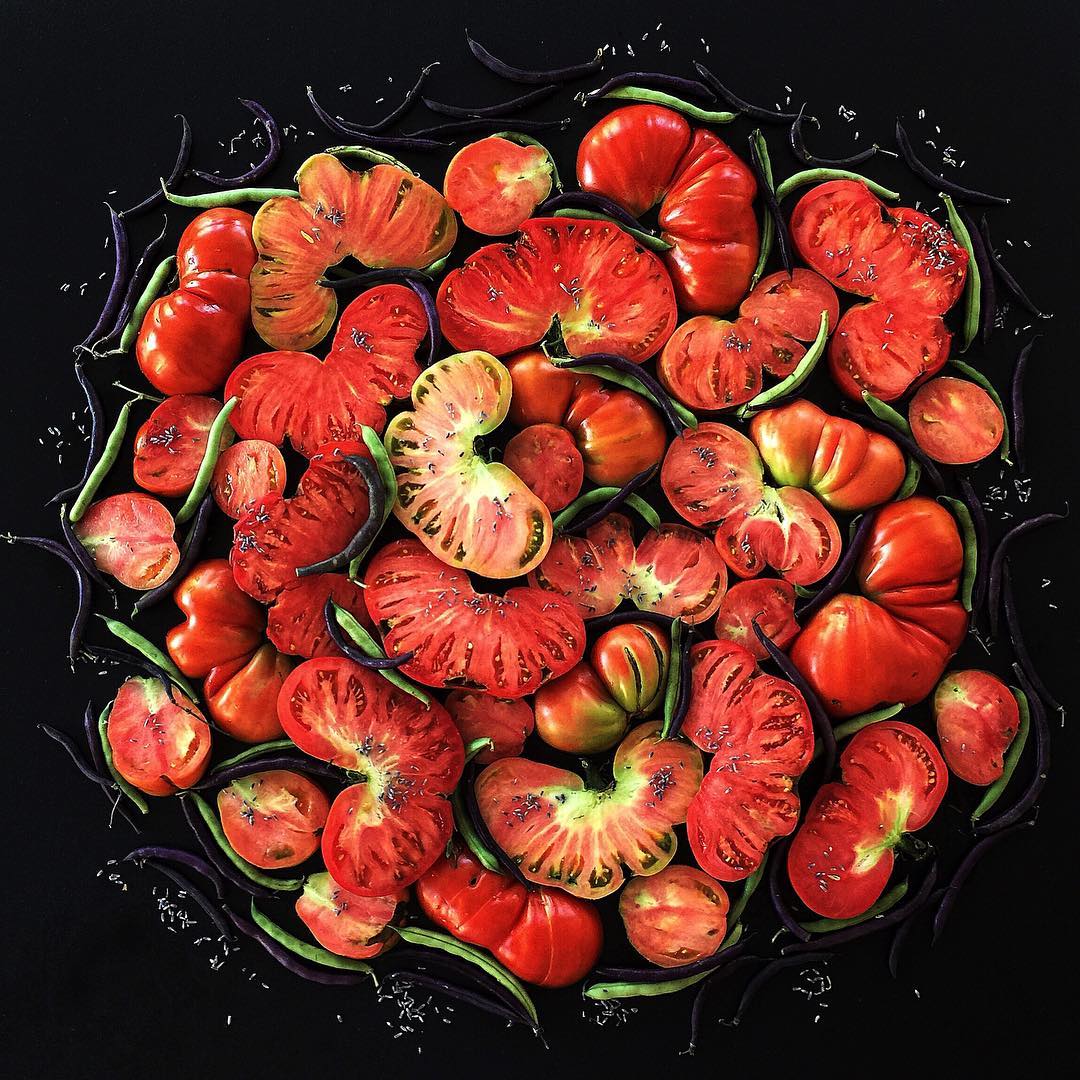
A sought after food photographer for major food brands and lifestyle designers, Phillips’ images of ugly produce are curated at the initiative’s official Instagram account, which has amassed over 25K followers thanks to its rich and vibrant renderings of fruits and vegetables. The images – all shot and art directed by Phillips – are drenched in highly saturated colours and elevate the imperfect, typically discarded items to something worthy of display. Some are food collages that play with the shape, colour and design of sliced and imaginatively arranged foodstuffs; others are close-up shots of blemished heirloom tomatoes.
Simply a result of different soil conditions, genetic variation, temperature and improper pollination, so-called “ugly produce” is perfectly safe for human consumption. Though generally considered completely nutritionally identical to their more regularly shaped brothers and sisters, some studies have actually suggested these odd-looking may be better for you, citing research that scabs on apples deliver more of the antioxidant compounds, phenylpropanoids.
One of a growing number of creative initiatives looking to encouraging buyers to be thoughtful in their consumption, the movement seeks to establish an international community of informed consumers with enough knowledge to initiate some positive change in our current food system – with the end goal of reducing food waste, feeding hungry people, and creating a sustainable planet whose bounties aren’t just cast aside because of one unsightly blemish.





